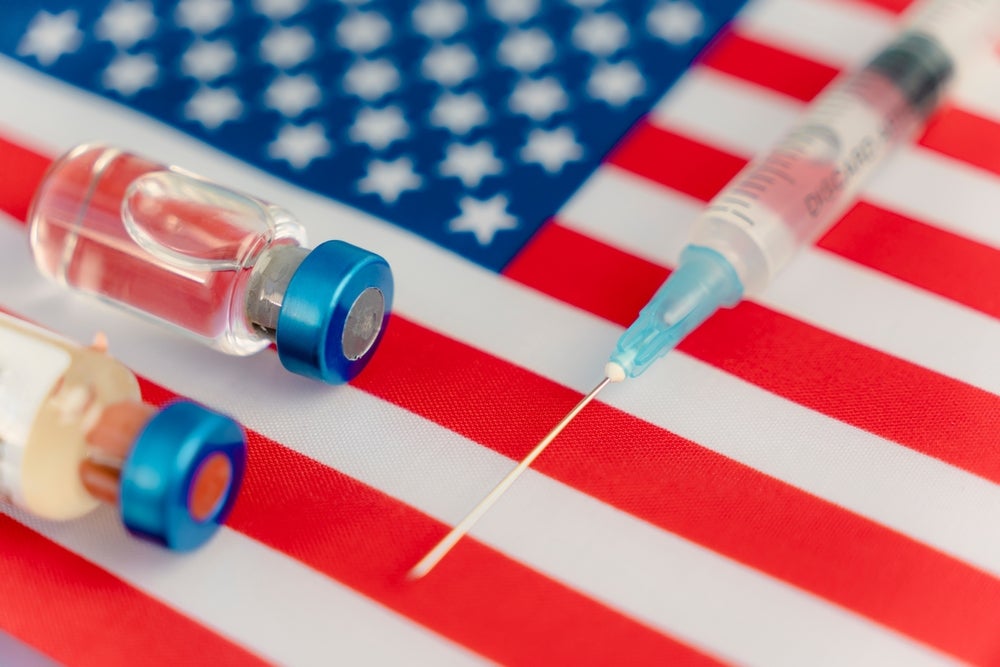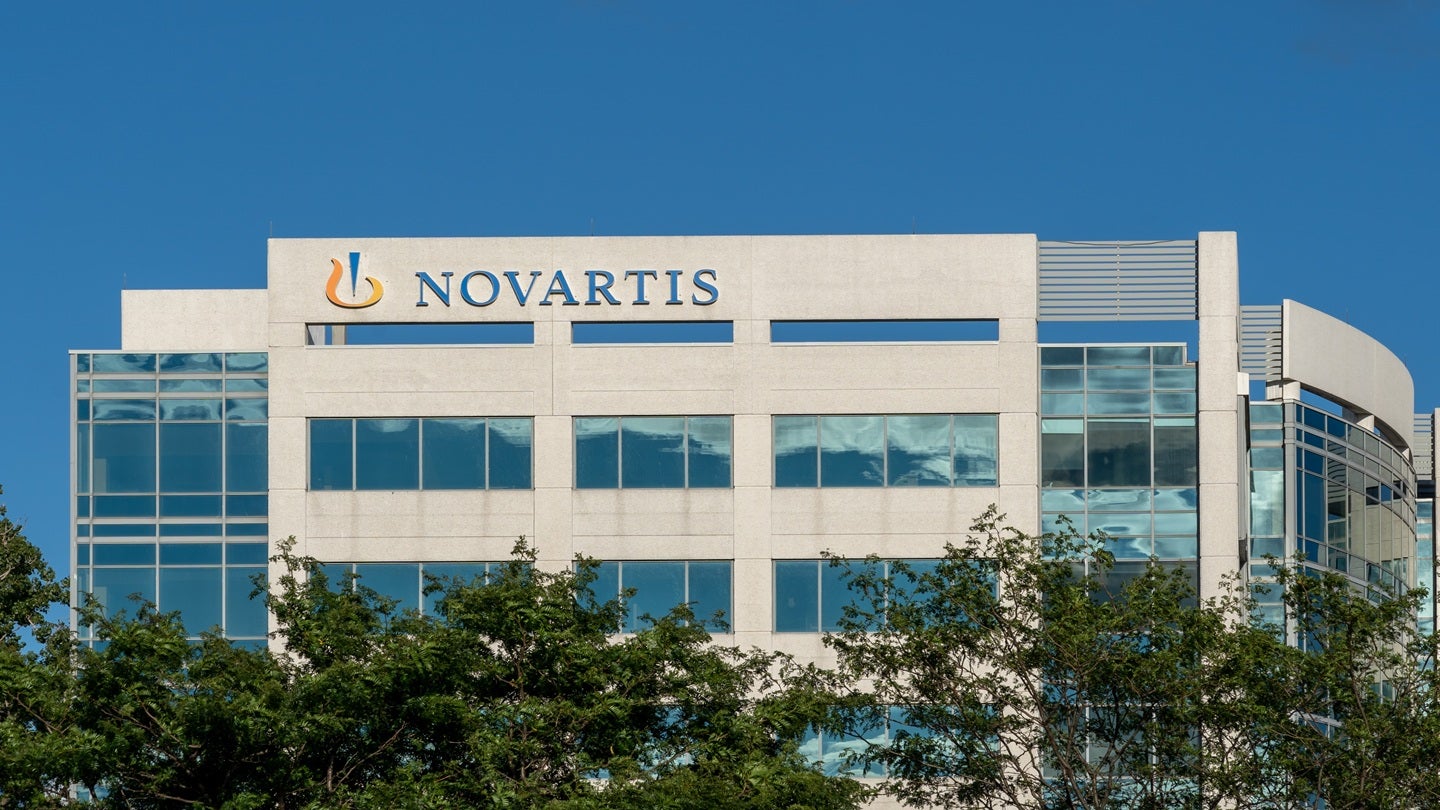Living fillings: the future of regenerative dentistry?
While dental technology has advanced significantly over the years, the ability to regrow lost teeth has remained elusive. However, a groundbreaking study published in Developmental Cell has illuminated a potential path toward tooth regeneration using human stem cells. Led by researchers from the University of Washington School of Dentistry, the study outlines a remarkable achievement […] The post Living fillings: the future of regenerative dentistry? appeared first on LifeSci Voice.

While dental technology has advanced significantly over the years, the ability to regrow lost teeth has remained elusive. However, a groundbreaking study published in Developmental Cell has illuminated a potential path toward tooth regeneration using human stem cells.
Led by researchers from the University of Washington School of Dentistry, the study outlines a remarkable achievement in growing functional enamel-producing cells, known as ameloblasts, through the use of stem cells and advanced genetic techniques.
The research team’s approach involved unraveling the genetic program that directs fetal stem cells to differentiate into specialized enamel-producing cells. This intricate process was revealed through a cutting-edge gene sequencing technique called single-cell combinatorial indexing RNA sequencing (sci-RNA-seq). By identifying active genes at various stages of cell development, the scientists were able to construct a detailed blueprint for guiding stem cells into becoming ameloblasts.
The team then embarked on a transformative journey by exposing the stem cells to specific chemicals that mirrored the gene expression patterns identified through sci-RNA-seq. This method, guided by meticulous trial and error, successfully coaxed the stem cells into evolving into functional ameloblasts. In an unexpected discovery, the researchers also identified a previously unknown cell type called a subodontoblast, believed to be a precursor to the vital odontoblasts involved in tooth formation.
These distinct cell types were skillfully combined to form organoids. Remarkably, these organoids secreted crucial enamel-forming proteins, including ameloblastin, amelogenin, and enamelin. Given the right conditions, these proteins could assemble into enamel, marking a pivotal step forward in tooth regeneration.
About teh study, dentist and co-author Hai Zhang, Ph.D., said in a press release, “This is a critical first step to our long-term goal to develop stem cell-based treatments to repair damaged teeth and regenerate those that are lost.”
Despite these groundbreaking findings, practical application and durability remain areas of exploration. Dr. Arun Narang, a dentist with a private practice in Ontario, expressed his enthusiasm for the research while highlighting the need for further clarity on how organoid-produced proteins could be integrated into teeth. The application of these findings in patients with declining enamel also requires careful consideration.
As Dr. Hannele Ruohola-Baker, the project lead, aptly stated, this breakthrough could usher in the era of “the Century of Living Fillings” and broader advancements in human regenerative dentistry. The study offers the possibility of a future where damaged teeth can be repaired and lost teeth can be replaced through the innovative use of stem cells and advanced genetic understanding.
The study has successfully illuminated a promising avenue for tooth regeneration using stem cells. By coaxing stem cells into becoming functional enamel-producing cells, the researchers have taken a significant step toward the eventual goal of repairing and regenerating teeth. While practical implementation and durability remain subjects of ongoing research, the findings hold great potential for transforming the field of dentistry and offering innovative solutions for individuals with dental problems. The research opens the door to a future where “living fillings” could revolutionize dental care, marking a potential turning point in the realm of regenerative medicine.
The post Living fillings: the future of regenerative dentistry? appeared first on LifeSci Voice.
What's Your Reaction?

































